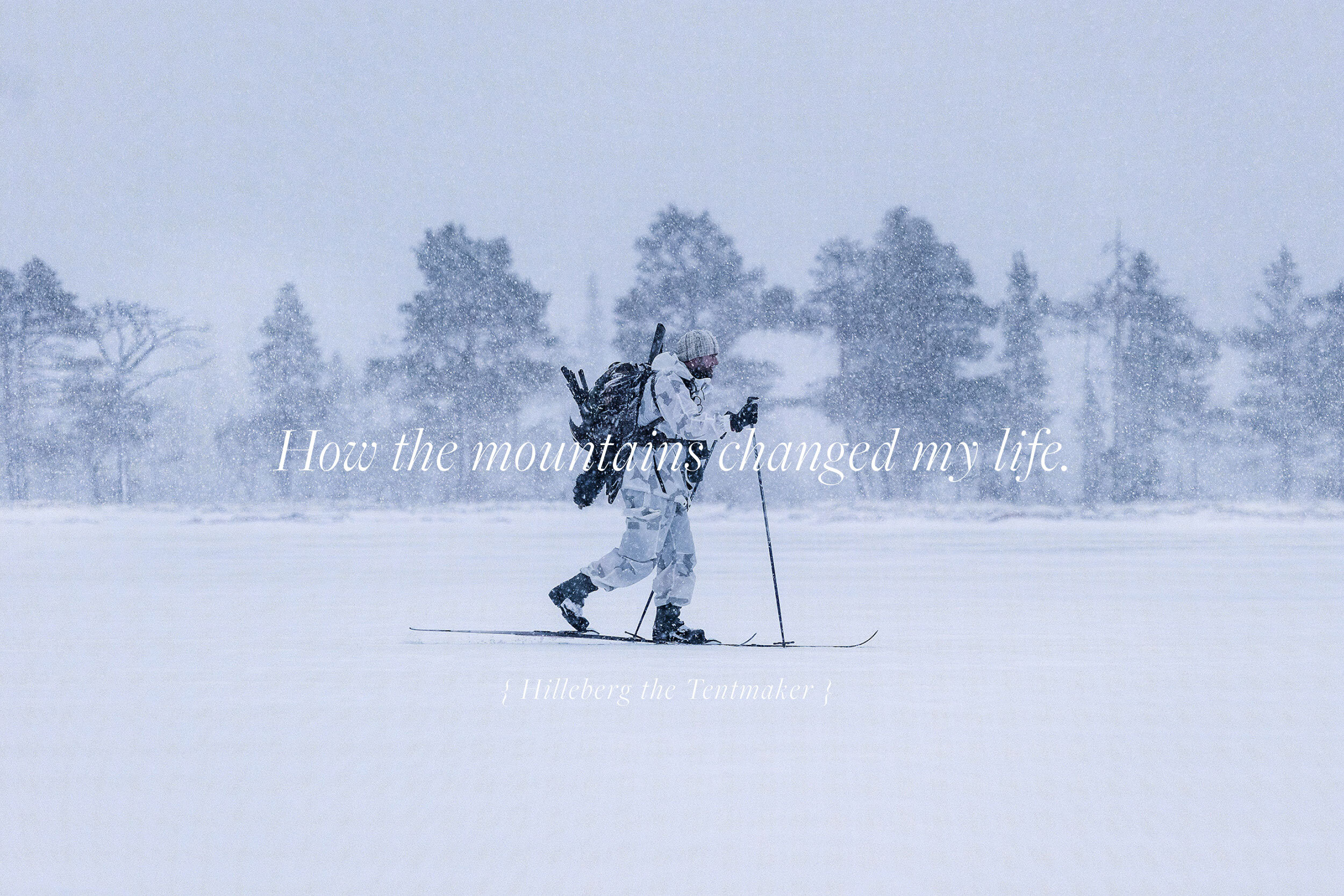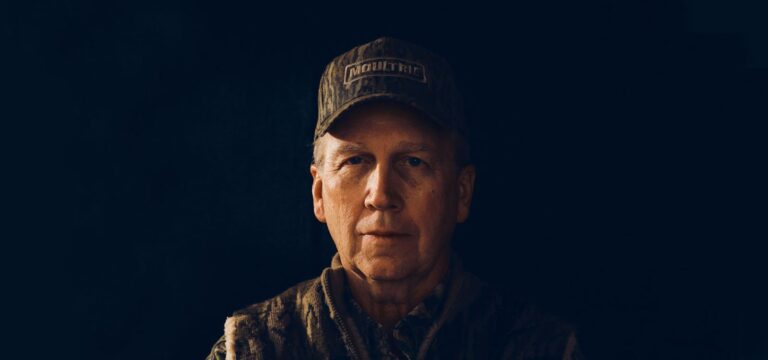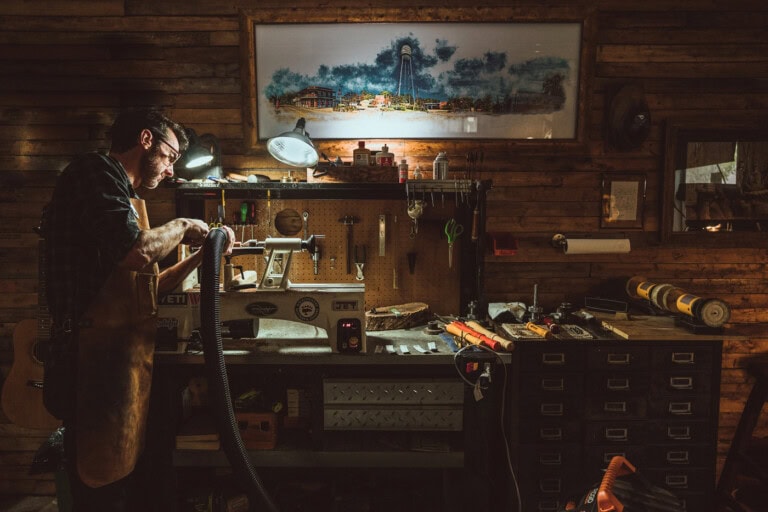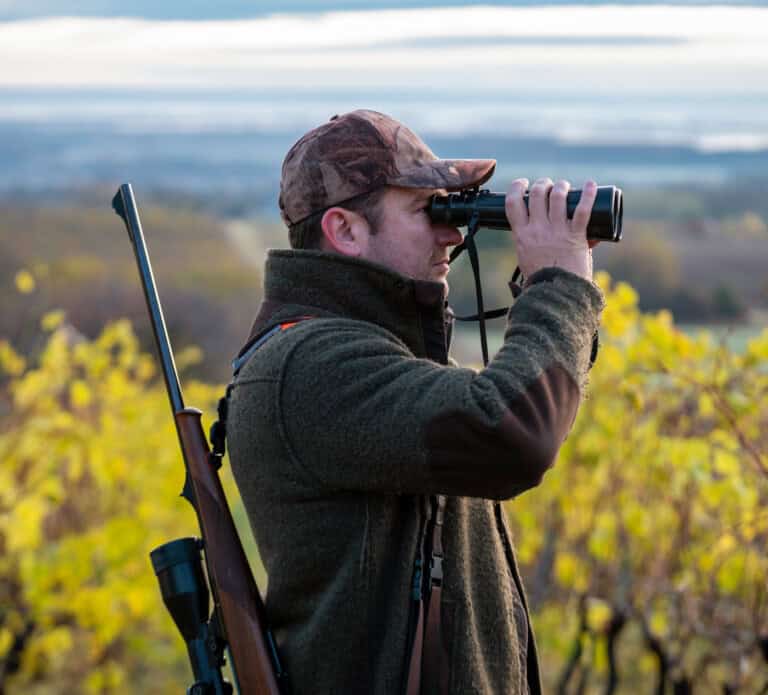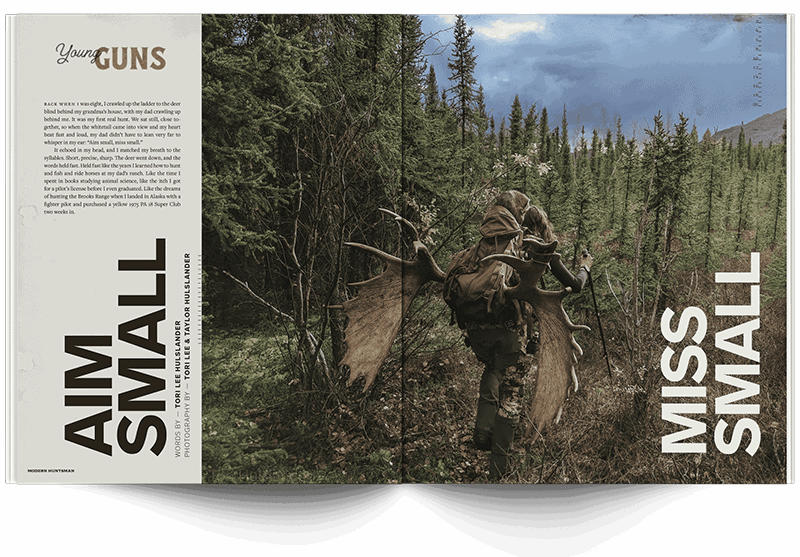SWEDEN | JÄMTLAND
Some uncertain noise wakes me up. The first few seconds are always a bit blurry and confusing when you awake in the middle of the night. Startled, I soon realize it’s the wind pressing at the tent fabric. I am in the middle of Jämtland county, a vast public wilderness in midwest Sweden.
My backyard. The Hilliberg tent is sturdy, being of Swedish make, and I know it can handle the winds. I have chosen the spot carefully with consideration for the direction of gales, which are strengthening. Although I’m wearing earplugs, the sudden bursts and rushes won’t let me go back to sleep. I start reflecting on the fact that I am actually lying here, tucked down in my cozy sleeping bag far from any roads, people or everyday matters. I’m doing a five-day trip in the mountains in pursuit of capercaillie, black grouse, valley grouse and ptarmigan. I have been hunting this area for more than 20 years and I have come to deeply love these adventures. Some areas can be hunted on a day trip, but it feels different, better, waking up in the hunting area. The night allows me to acclimate to the rhythm of the place and get my mind right for hunting.
It’s hard to say what drives us to become hunters, and as I try to recall my early years to find my starting point, I see my grandfather’s face and know that he would have loved to hear of these adventures. The glow in his eyes is something I will never forget. I think there is a special connection between generations of hunters — a bond formed by knowledge, understanding and mutual memories that’s not found in other pursuits. So, how did it all start?
HUNTERS FORMING HUNTERS
I didn’t always
